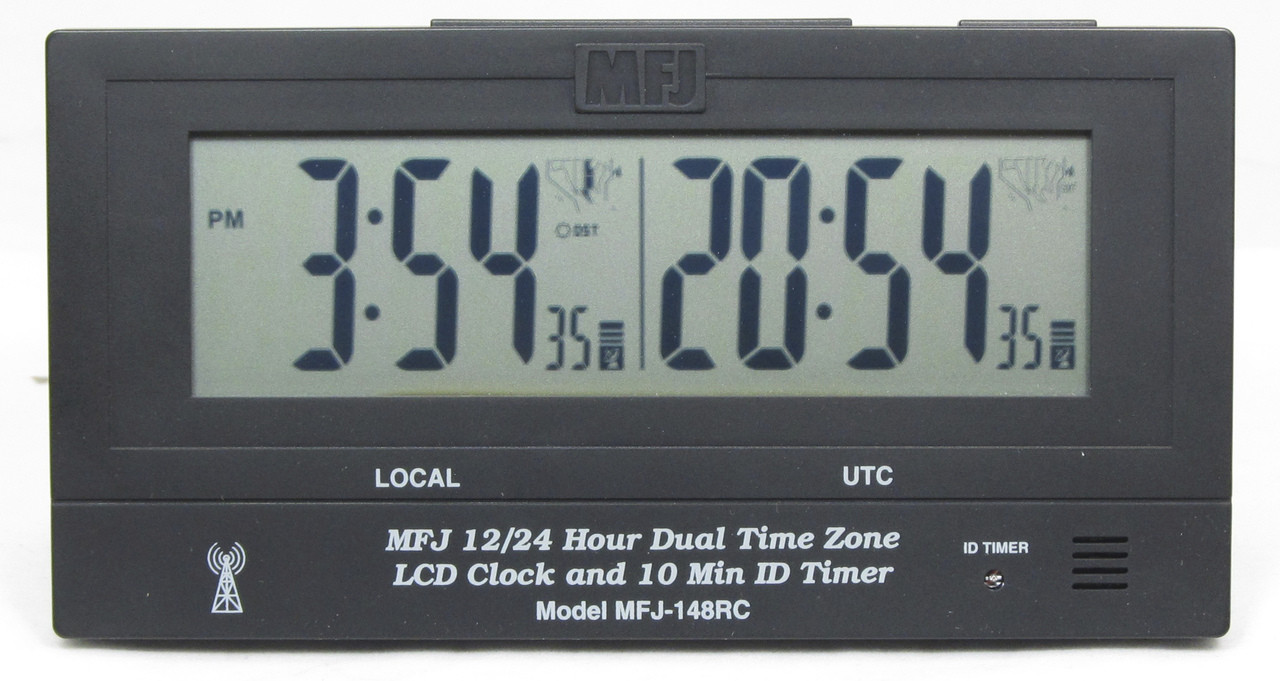

Nepal, the final holdout, did not adopt a standard offset of UTC until 1956, and even then, has a less common offset of UTC+5:45. It wasn't until 1929 before most countries adopted hourly time zones. Time zones throughout the world vary, and used to vary even more than they currently do. Most commonly, UTC is offset by an hour, but in some cases, the offset can be a half-hour or quarter-hour, such as in the case of UTC+06:30 and UTC+12:45. UTC offset can range from UTC-12:00 to UTC+14:00. Generally, time zones are defined as + or - an integer number of hours in relation to UTC for example, UTC-05:00, UTC+08:00, and so on. UTC breaks time into days, hours, minutes, and seconds, where days are usually defined in terms of the Gregorian calendar. Most time zones that are on land are offset from UTC. UTC is not dependent on daylight saving time (DST), though some countries switch between time zones during their DST period, such as the United Kingdom using British Summer Time in the summer months. UTC, which is based on highly precise atomic clocks and the Earth's rotation, is the new standard of today. Although GMT used to be a time standard, it is now mainly used as the time zone for certain countries in Africa and Western Europe. Although GMT and Coordinated Universal Time (UTC) essentially reflect the same time, GMT is a time zone, while UTC is a time standard that is used as a basis for civil time and time zones worldwide. Greenwich Mean Time (GMT) is the mean solar time at the Royal Observatory located in Greenwich, London, considered to be located at a longitude of zero degrees.
/UTC-chart2-58b740343df78c060e196c3a.png)
They are often based on the boundaries of countries or lines of longitude. If this difference occurs, use the date in the Date Modified column.Related Time Calculator | Date CalculatorĪ time zone is a region on Earth that uses a uniform time. When you view the file details of the file that is on your computer, the date in the Date Modified column may be different from the date in the Date Created column.
16 00 utc time update#
You can use this method to compare the file's converted time to the time of a software update file that is on your computer. If the adjusted time is 12:00, use 12:00 noon. If the adjusted time is 00:00, use 12:00 midnight. If the adjusted time is between 00:01 and 11:59, inclusive, leave the adjusted time as is, and then append A.M. If the offset-adjusted time is between 12:01 and 23:59, inclusive, subtract 12 from the adjusted time, and then append P.M. To make the conversion, follow these steps: For example, if daylight saving time in your time zone is one hour ahead of standard time, add one hour to the offset-adjusted time.Ĭonvert the 24-hour time format to 12-hour time format if your local time uses the 12-hour format. If your time zone participates in daylight saving time, add the time difference to the file's offset-adjusted time when daylight saving time is in effect. UTC time is not adjusted to reflect daylight-saving time. For example, if your local time offset is -8:00, and if the file's UTC time is shown as 00:00 (12:00 midnight) on Monday, the adjusted time is 16:00 on Sunday (4:00 P.M., Sunday). The time setting when adjusted for offset is 06:00 (6:00 A.M.). For example, -5:00 is the local time offset for Eastern Time (US & Canada):Īdd the local time offset to the UTC time.įor example, if your local time offset is -5:00, and if the UTC time is shown as 11:00, add -5 to 11.

The local time offset is shown at the start of each local region list item. If your local time zone is not selected, click it in the list of available time zones. To do this, follow these steps on a Microsoft Windows-based computer:Ĭlick Start, click Run, type timedate.cpl, and then click OK.Ĭlick the Time Zone tab, and then verify that your local time zone is selected. To convert UTC to local time, follow these steps:ĭetermine your local time offset from UTC time.
16 00 utc time how to#
This article describes how to convert UTC to local time to verify that the file that is on your computer is the one that is discussed in the documentation. Microsoft uses Coordinated Universal Time (UTC) format, an international standard 24-hour timekeeping system, to document the created dates and times of files that are included in a software update.


 0 kommentar(er)
0 kommentar(er)
